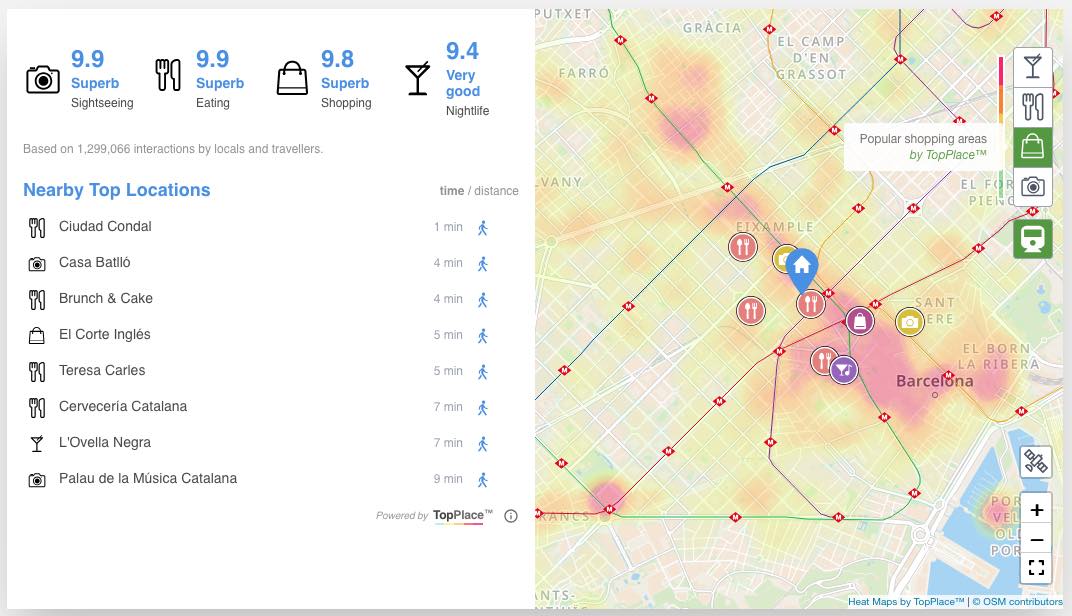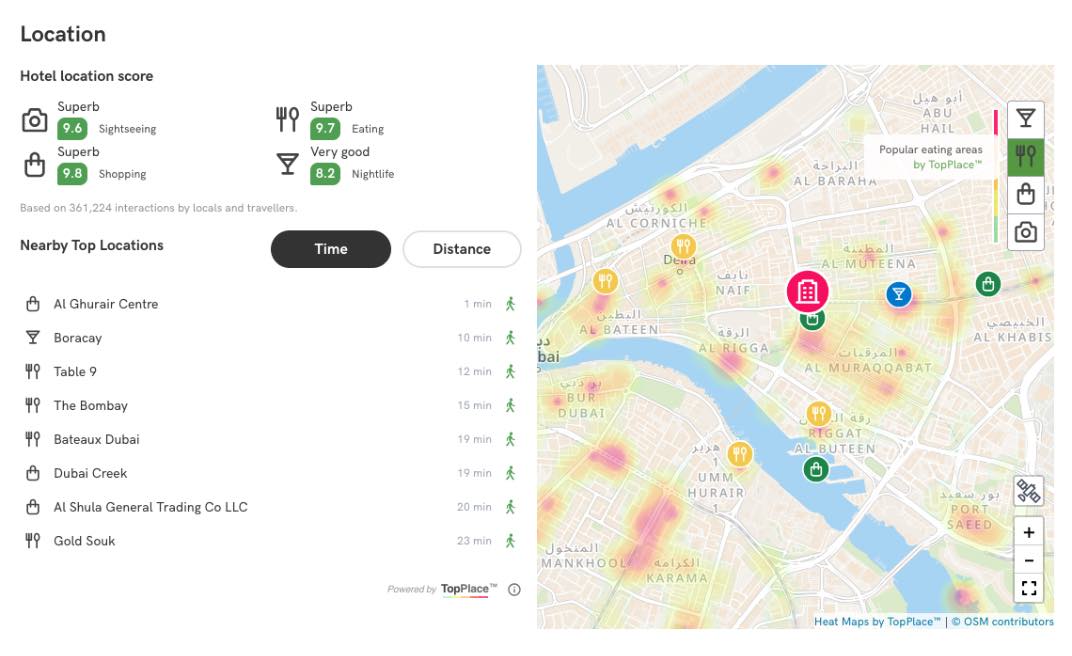When talking to new AVUXI clients we are often asked:
“Why do you provide your TopPlace™ service as Java Scripts instead of a REST API?“
In this post we’d like to explain why, after years of operation, we have made this decision.
Using Scripts (i.e., embedding JavaScript widgets directly) versus integrating a REST API both come with trade-offs, which very much depends on the use case.
If your need is to build a bespoke data product (data analysis, dashboards, or backend logic), the API would obviously be the right option.
However, to integrate location context on the front-end of your website or app, Scripts are by far a better option.
Why?
Because the benefits outweigh the downsides. Here we address some frequent concerns and the top benefits of using Scripts vs an API:
Top 7 Benefits of Using AVUXI’s TopPlace™ Scripts
- Quick Integration – Get up and running with just a few lines of code. Drop-in script means minimal code and zero backend complexity. Just copy-paste the code snippet. No need to build and maintain a custom UI.
- Visually Polished – AVUXI’s scripts come with ready-made, tested, optimized and proven to work visual components (like TopPlace™ Heat Maps, Location Pages or Location Scores), which look great “out of the box”.
- Extensive UI Customization Available – This is one of the most frequent reasons we get asked for an API. However, with TopPlace™ products you can easily style fonts, colors, change icons and more to align with your brand – these are not “rigid widgets” at all.
- Automatic Updates – You get data updates and fixes from AVUXI automatically. When AVUXI improves or fixes their widgets, you automatically benefit without needing to update anything on your side.
- Async Loading – No blocking of the main thread or critical path. Even if AVUXI’s servers are slow or unavailable, your site remains fully functional. Asynchronous loading ensures no performance degradation, even if AVUXI’s servers hiccup.
- Security via Domain Locking – Your script ID is safe from being used on rogue domains; domain restrictions act as a guardrail — this addresses a common frontend API key concern.
- No Backend Required – You can drop the script into a frontend-heavy app or a static site without a backend server managing API requests. This translates into a much faster implementation, less engineering overhead and greater ROI.
Example of a TopPlace™ Location Page widget – before and after customization by a client


API Downsides
- More Development Work – Need to work on design, code, test and maintaining the UI and the API integration logic. This translates into weeks of development before seeing any results.
- Longer Time to Launch – Much slower to implement compared to just dropping in a script.
- Backend Infrastructure Required – If you want server-side calls (recommended for security), you’ll need at least a lightweight backend.
- Ongoing Maintenance – Whenever AVUXI updates the API or deprecates features, you’ll need to dedicate resources and work time to keep your code up to date. More work, more worries, less ROI.
- Reinventing the Wheel – Between getting the API data, and having a ready product that has a positive impact on the UX, there is a lot of work and processes involved: data processing, design, backend coding, frontend coding, testing, measuring, adjusting and re-adjusting. We have already done all that, so why spend valuable resources doing it all again?
Why reinvent the wheel for displaying geo-contextual data?
TL;DR – Which One?
If you want:
- A very quick setup, secure, tested & good-looking location context UI elements
- Flexibly customized UI with light backend integration
- Quick proven results with no overhead and maintenance costs
Then using AVUXI’s TopPlace™ Scripts is the smart choice.
However, if you want:
- Raw geo data for custom logic
- Build analytics dashboards, or backend pipelines
- Maximum flexibility for your dedicated team to develop own products
Then you’ll need a REST API.